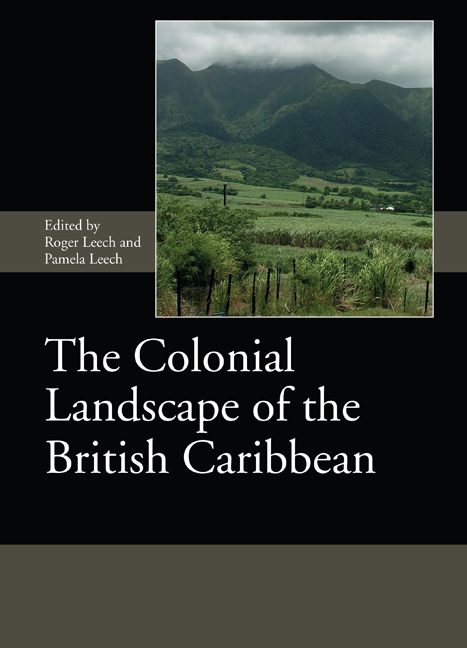9 - Jamestown, Nevis: Fact, Fiction, and Fable
Published online by Cambridge University Press: 31 March 2021
Summary
SUMMARY: The destruction of Jamestown, Nevis, in 1690 by a tidal wave, or tsunami, has been the subject of hurried reports in contemporary news broadsheets, Victorian romantic legend, enthusiastic local histories, and even quick assessment by reality-TV archaeologists. Documentary and archaeological research has revealed the location, extent, and details of this early English colonial settlement, which have proved to be often at odds with previous assertions and assumptions. Evidence of destruction by natural forces corroborates the story of Jamestown's fate, but exposed walls lying on the ocean floor must be dismissed as fanciful. The human tragedy of the 1690 earthquake and tsunami can now be presented as fact, stripped of fiction and fable.
This paper summarizes archaeological investigations conducted from 2003 to 2006 at the site of Jamestown, a ‘lost’ commercial settlement on the leeward shore of the island of Nevis. According to local legend and lore, Jamestown vanished in 1690, destroyed by a tsunami. The town's end came, without warning, on April 5, 1690, ‘about five of the Clock in the Afternoon,’ an eyewitness would remember in a letter to a friend in London. ‘We heard a rumbling Noise, like that of distant Thunder,’ the eyewitness wrote, ‘from the Bowels of the great Mountain, … in the very Navil of the island.’ This earthquake was different from trembles that had rattled the island before. ‘So strong was the Motion,’ the eyewitness recounted, ‘that … [a] few Moments after the Noise began, … a … Earth Quake, which shook the whole island to that degree, that all the Houses in Charles Town that were built of Brick or Stone, dropt of a sudden down from the Top to the Bottom.’ The sea then suddenly receded, ‘for a time forfeit the Shoar for about three quarters of a Mile together, and left a great Number of Fish of a large size to lye gaping upon the Sand, till it returned again.’ This ‘violent Motion of the Water’ repeated ‘diverse times’, and we can imagine that when the sea ‘returned again’ it lifted and then slammed mats of debris against walls, houses, and anything else that lay in its path. No other reports of this earthquake or its effects survive (Fig. 9.1).
- Type
- Chapter
- Information
- The Colonial Landscape of the British Caribbean , pp. 177 - 196Publisher: Boydell & BrewerPrint publication year: 2021



